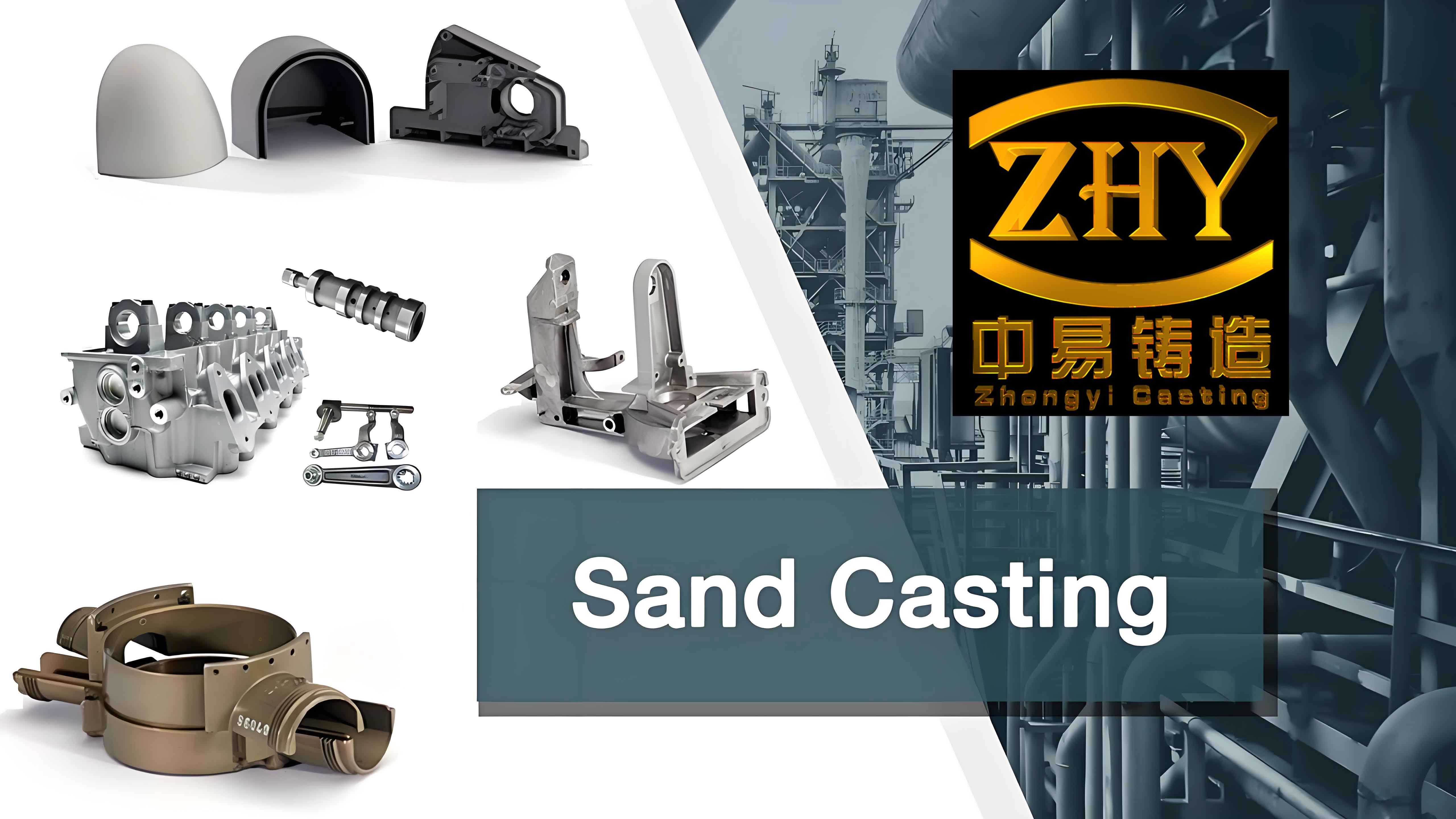Sand casting is one of the oldest and most widely used manufacturing processes for producing metal parts. It involves creating a mold by packing sand around a pattern, and then pouring molten metal into the mold cavity. The resulting solidified metal takes the shape of the mold, creating the desired part. However, achieving precise sand casting parts has always been a challenge due to various factors such as inconsistent sand packing, variations in metal temperature, and mold defects. Automation has emerged as a potential solution to overcome these challenges and improve the quality and accuracy of sand casting parts.

I. Introduction
Sand casting has been a vital manufacturing method for centuries, enabling the production of complex shapes and large-sized components. Despite its long history, the industry has constantly faced the need for enhanced precision and consistency to meet the ever-increasing demands of modern engineering and manufacturing. Automation offers a promising avenue to address these issues and revolutionize the sand casting process.
II. The Challenges in Producing Precise Sand Casting Parts
- Inconsistent Sand Compaction
The quality of sand compaction directly affects the dimensional accuracy and surface finish of the casting. Manual sand packing often leads to variations in density, resulting in defects such as porosity and uneven surfaces. - Metal Temperature Variations
Maintaining a consistent and optimal metal temperature during pouring is crucial for obtaining uniform microstructure and mechanical properties. Fluctuations in temperature can cause shrinkage cavities, hot tears, and other defects. - Mold Defects
Molds may have flaws such as cracks, erosion, or misalignment, which can lead to casting inaccuracies and rejects. - Human Error
The reliance on human operators for various tasks in the sand casting process introduces the possibility of errors, affecting the overall quality and productivity.
III. The Benefits of Automation in Sand Casting
- Improved Sand Compaction
Automated sand compaction systems ensure uniform pressure application, resulting in consistent sand density and reduced porosity. This leads to better dimensional accuracy and surface finish of the castings. - Precise Metal Pouring
Automated pouring systems can control the flow rate, temperature, and timing of the molten metal, minimizing the risk of temperature variations and ensuring a smooth and controlled filling of the mold cavity. - Enhanced Mold Quality
Automated mold-making processes, such as 3D printing or CNC machining, can produce molds with higher precision and fewer defects, improving the overall quality of the castings. - Reduced Human Error
By automating repetitive and labor-intensive tasks, the potential for human error is significantly reduced, leading to more consistent and reliable production.
IV. Automation Technologies in Sand Casting
- Robotic Sand Handling and Compaction
Robots can precisely handle and compact the sand, ensuring consistent density and reducing the variability associated with manual operations. - Computer Numerical Control (CNC) Mold Machining
CNC machines can create molds with complex geometries and tight tolerances, improving the accuracy and repeatability of the casting process. - Sensors and Monitoring Systems
Sensors are used to monitor various parameters such as sand temperature, metal temperature, and mold pressure, providing real-time data for process control and optimization. - Automated Pouring Systems
These systems use precise control mechanisms to regulate the flow and temperature of the molten metal, ensuring consistent and defect-free castings.
V. Examples of Automated Sand Casting in Practice
| Company | Application | Achievements |
|---|---|---|
| Company A | Automotive Engine Blocks | Reduced porosity by 30%, improved dimensional accuracy within ±0.1mm. |
| Company B | Aerospace Components | Increased production rate by 25%, reduced scrap rate to less than 5%. |
| Company C | Construction Machinery Parts | Achieved a surface finish of Ra 6.3 µm, enhanced mechanical properties. |
VI. Challenges and Limitations of Automation in Sand Casting
- High Initial Investment
Implementing automation systems requires significant capital investment in equipment, software, and training. - Complex System Integration
Integrating various automated components and ensuring seamless communication between them can be a complex task. - Skills Gap
Operators need to have the skills and knowledge to operate and maintain the automated systems, which may require additional training and upskilling. - Flexibility Issues
Some automated systems may lack the flexibility to handle frequent changes in part designs or small batch production.
VII. Future Trends and Developments in Automated Sand Casting
- Advancement in Sensor Technologies
More accurate and sensitive sensors will enable better monitoring and control of the sand casting process, leading to further improvements in quality. - Integration of Artificial Intelligence and Machine Learning
AI and machine learning algorithms can be used to analyze process data, predict potential defects, and optimize the process parameters in real-time. - Additive Manufacturing for Mold Production
The use of additive manufacturing techniques, such as 3D printing, will offer greater design freedom and rapid prototyping capabilities for mold production. - Hybrid Automation Systems
Combining manual and automated processes to achieve a balance between flexibility and productivity in different production scenarios.
VIII. Conclusion
Automation has emerged as a game-changer in the production of precise sand casting parts. It offers numerous benefits such as improved quality, increased productivity, and reduced errors. However, it also comes with challenges that need to be addressed through careful planning, investment, and skills development. As technology continues to advance, the future of sand casting lies in the seamless integration of automation and continuous innovation to meet the evolving demands of the manufacturing industry.
The successful implementation of automation in sand casting requires a collaborative effort between manufacturers, technology providers, and researchers to drive the industry forward and ensure the production of high-quality, precise sand casting parts for a wide range of applications.
